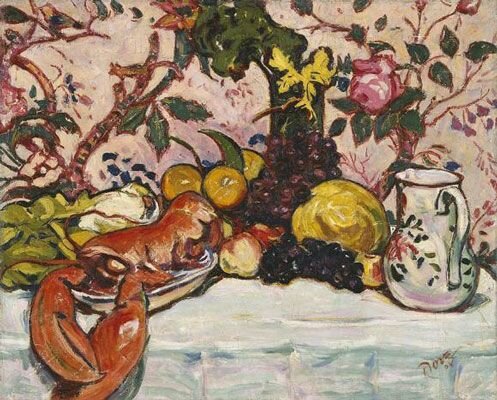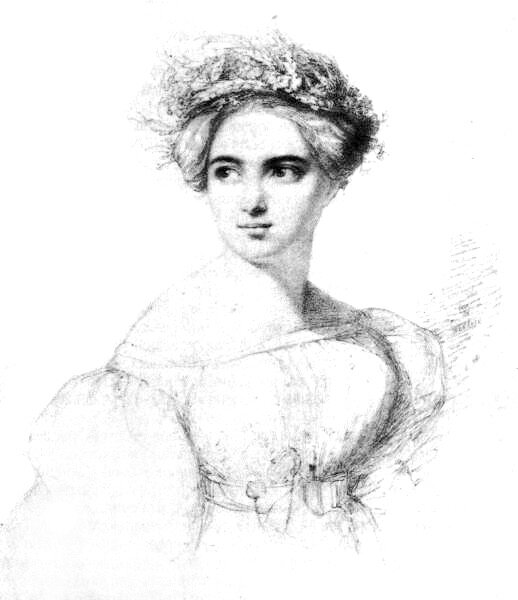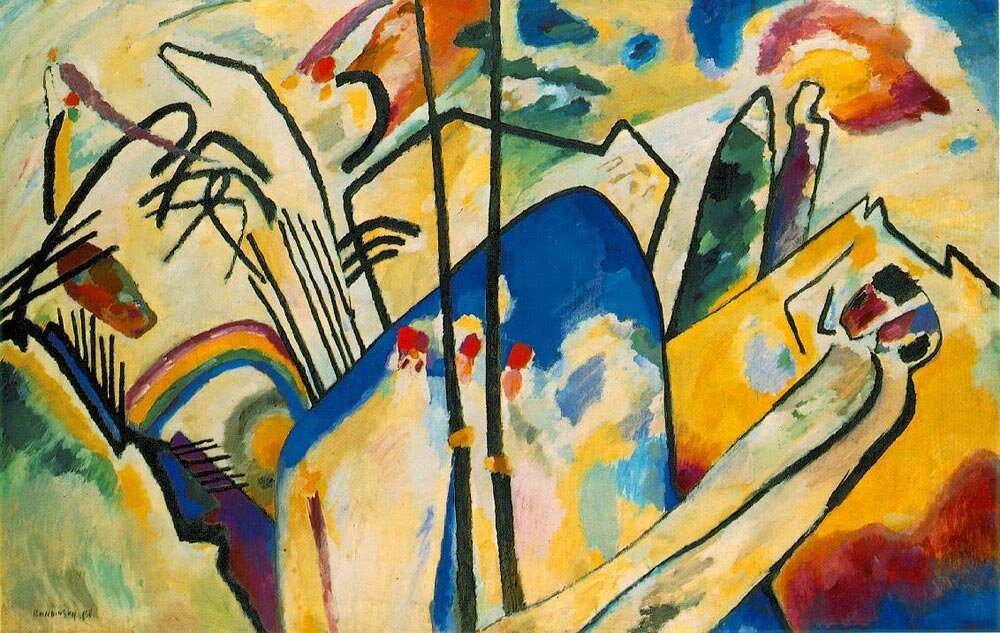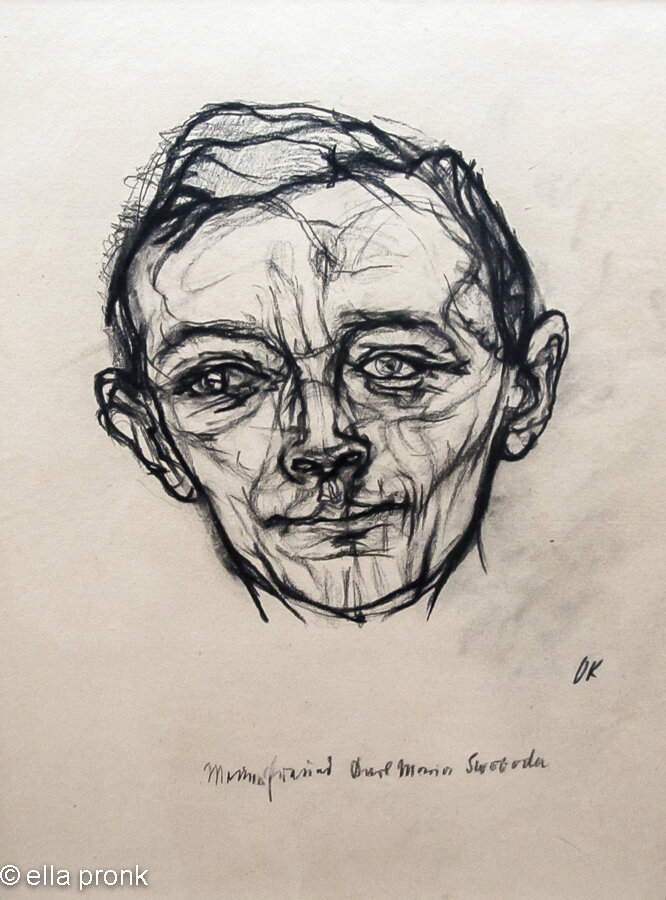
Burney: General History of Music
His daughter, the novelist Frances (Fanny) Burney, wrote a biography of her father after his death in 1814. The Memoirs of Doctor Burney, three in volumes, appeared in 1832 and is where much of the information about Burney’s social circles comes to life.
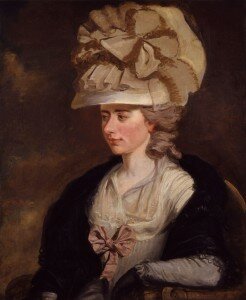
E.F. Burney: Frances Burney (ca. 1784-1785)
Burney: Hark! The Herald Angels Sing (Taverner Consort, Andrew Parrott, cond.)
Burney even made up a couplet on Reynolds:
‘Twere vain throughout Europe to look for his peer
Who by converse and pencil alike can endear.’
Burney’s involvement in the artistic circles of London drew him into the continual disagreements that the intellectuals of the day seem to fall into. However, the networking of all these men and women resulted in some of the most intellectually stimulating conversations of the day. For example, at a dinner at Sir Joshua Reynolds, Edmund Burke drew aside Charles Burney to tell him that the organist’s place at Chelsea College was vacant. It only paid £20 a year. But, it did provide lodgings that were near London, yet not too far. In response to his acceptance, Burke prevailed upon the Treasury to grant Burney a raise to £50 per year.
Burney: Cornet Piece in D Major (Ton Koopman, organ)

Reynolds: Charles Burney (1781)
(National Portrait Galley, London)
Reynolds’ portrait of Charles Burney, completed in 1781, was commissioned by the London politician Henry Thrale. Burney wrote in his diary: ‘I have lately sat for my picture to Sr. Jos. Reynolds, for my Friend Mr Thrale… who has a Library furnished with 12 or 14 portraits of persons with whom it is a great honour to be placed’. Burney is shown holding a musical score and wearing his gown as a Doctor of Music (Oxford, 1769).
An earlier painting shows the one of the gatherings of Reynolds and his friends.
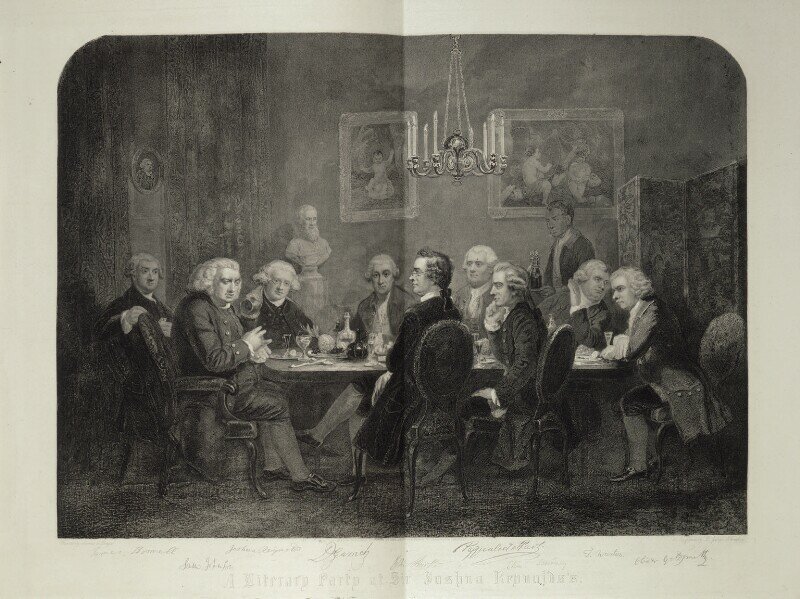
Thompson, A literary party at Sir Joshua Reynolds’s (1851) (National Portrait Gallery, London)
From Left to right:
James Boswell (biographer of Dr Johnson), Samuel Johnson, Joshua Reynolds (with ear trumpet), David Garrick, Edmund Burke (statesman), Pasquale Paoli (Corsican general), Charles Burney (seated, chin in hand), Thomas Warton the Younger (literary historian, poet), Oliver Goldsmith (writer).
In the hotbed of late 18th century London, the circle of artists and intellectuals around Samuel Johnson, Joshua Reynolds, and Charles Burney brought out the best in the arts of the day.

